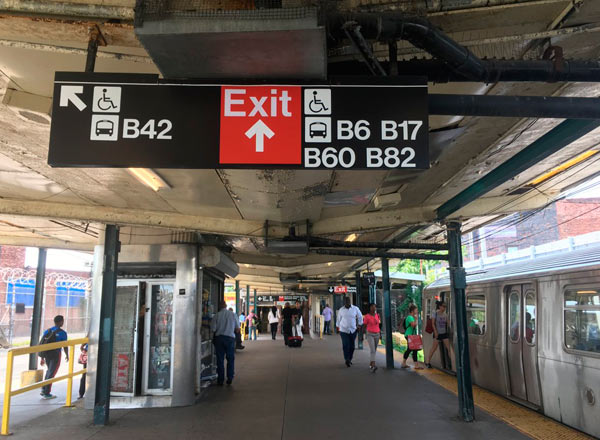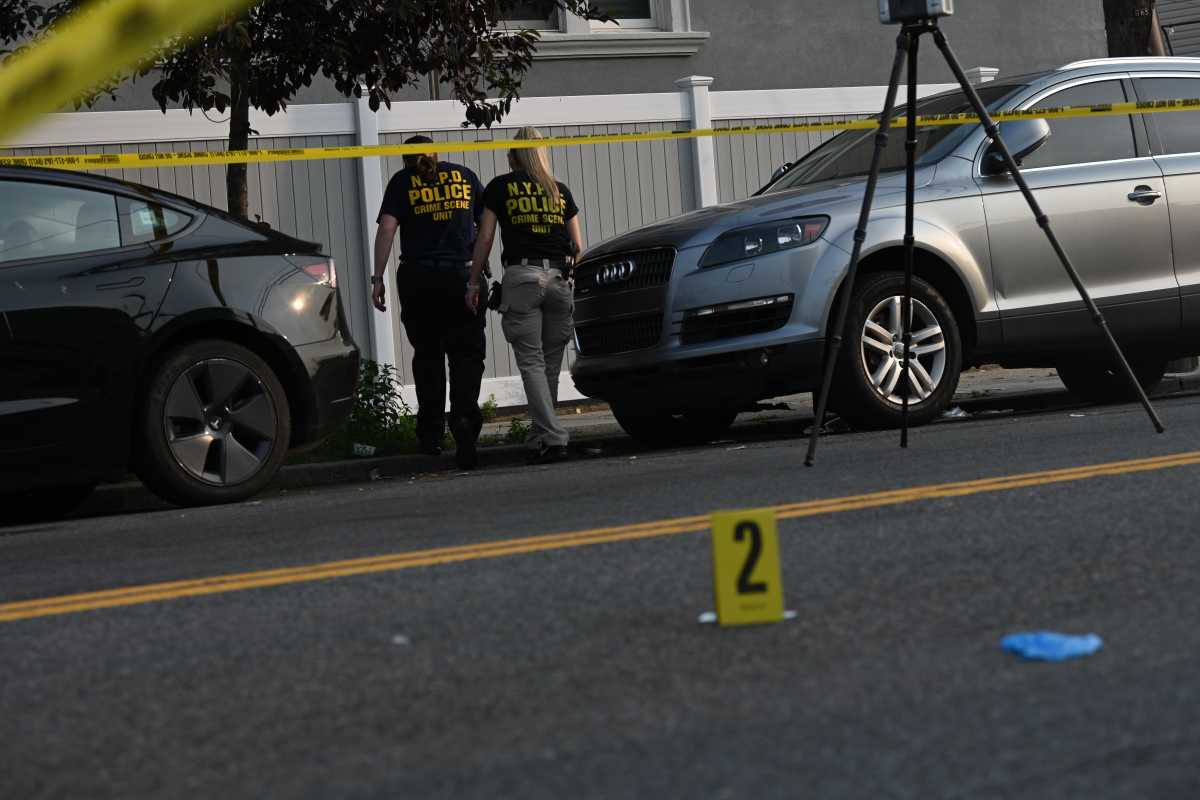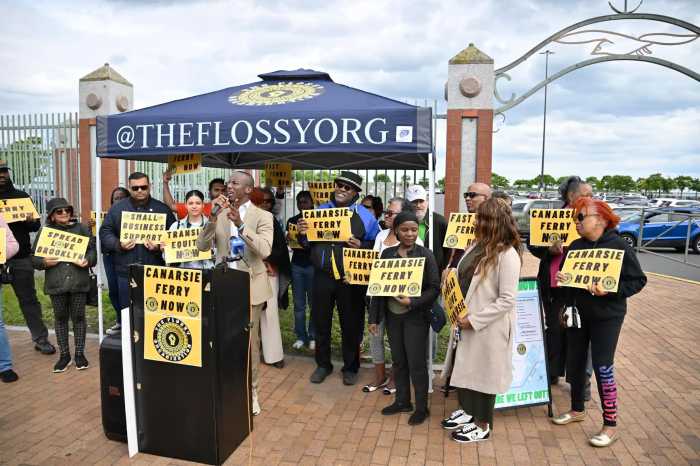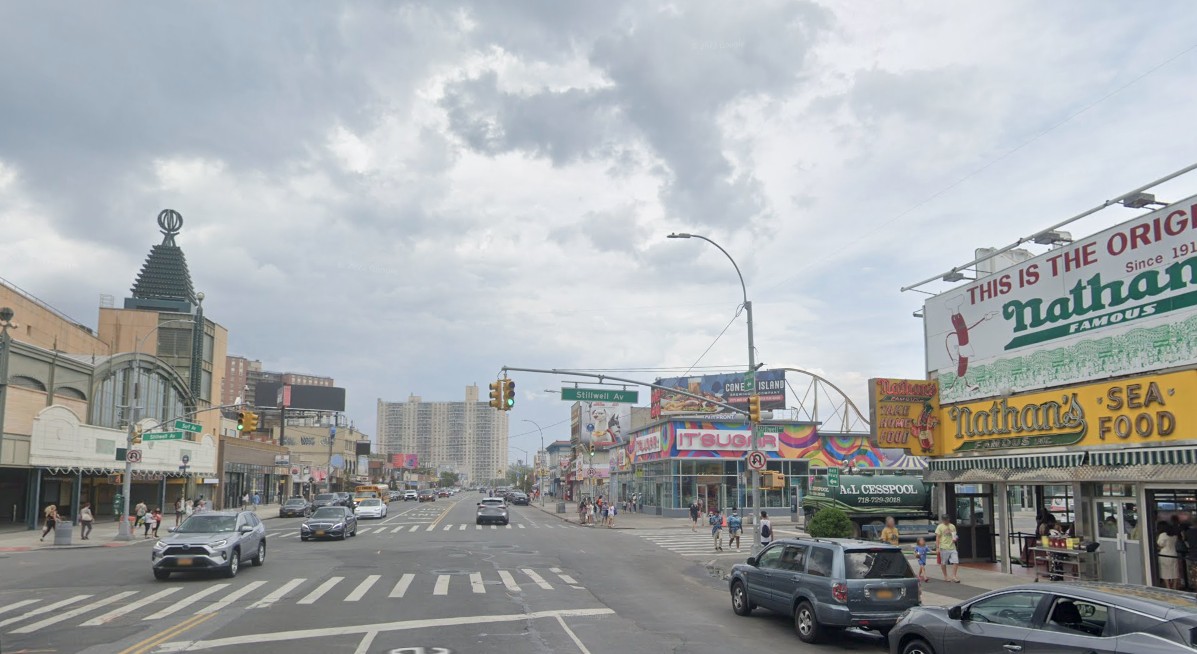The state plans to make the Canarsie–Rockaway Parkway station handicapped accessible within the next few years, but straphangers and local community leaders can’t understand how the street-level L train platform isn’t already compliant for disabled riders, said one local resident who has been begging for an elevator at the treacherous Broadway Junction station nearby for years.
“How do you make that ADA compliant? It’s flat, there’s no need for an escalator there,” said Michael Ien. “I see no need for it there — there are no steps involved, it’s all ground level, you walk from one end to the other.”
The Metropolitan Transportation Authority’s 2015–2019 budget includes making 11 new stations handicapped accessible — as part of its plan for 100 key stations around the city to become compliant with federal disability guidelines by 2020 — and one of them is the last stop on the L train at Rockaway Parkway in Canarsie — with a price tag of $6.6 million, according to state records.
But the Canarsie station has no stairs, is completely level with the road, provides a ramp leading up to the platform, and has a clearly labeled handicapped accessible boarding area — so the multi-million-dollar project is leaving several straphangers scratching their heads as to what work will actually be done, said a member of the New York City Transit Riders Council.
“The only thing it needs over there is a good paint job,” said Sheepshead Bay resident Christopher Greif.
The local community board is trying to figure out what it lacks, according to Community Board 18 District Manager Dottie Turano’s office. And Councilman Alan Maisel, whose district is just a stone’s throw away from the station, was also left wondering.
“Not sure what they are doing,” said Maisel (D–Canarsie). “Six million is a lot of money — beats the heck out of me.”
A Metropolitan Transportation Authority employee working at the station — who spoke on the condition of anonymity because he’s not authorized to speak on behalf of the state agency — said the station is completely outdated, old, and certainly in need of upgrades, like fresh paint, but looks as though it’s already accessible to disabled straphangers.
But just because the station isn’t in need of a shiny new lift or any other conspicuous alterations, it still must conform to detailed federal guidelines for handicapped accessibility, said an attorney with the Disability Rights Advocates, whose organization is representing plaintiffs suing the state because parts of its transportation system still violate local and federal accessibility laws.
“Making sure that all ramps meet the standards, that the handrails meet the standards, that the paths of travel are wide enough to accommodate people in wheelchairs. Another is the station agent booth, making sure that it is low enough, so that someone in a wheelchair can go up to it and get assistance,” said Rebecca Rodgers. “Even though these might sound like they are technical or small changes, they are really technical because sometimes an inch here or a quarter of an inch there can make the difference between someone being able to use this station and not being able to use the station.”
After eight days of persistent inquiries to the Metropolitan Transportation Authority, a spokesman for the state agency finally explained the specific ways that the station is not yet entirely handicapped accessible.
“The station is not yet fully ADA accessible,” said Kevin Ortiz. “We will be addressing the gap between the train and platform and adding ramps from the bus portals for full intermodal accessibility.”

























